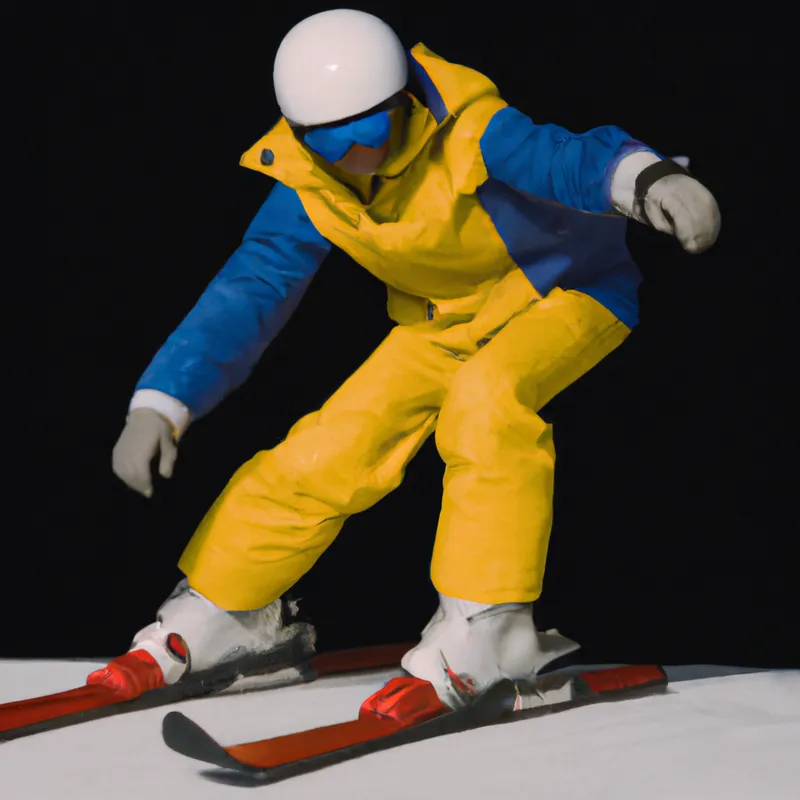Elevate Your Ski Game: Balance Workouts Explored
Ski-Specific Balance Training Techniques
Skiing offers speed, skill, and outdoor excitement. To excel, skiers need strength, coordination, and balance. Balance ensures stability while navigating different terrains. Effective balance training improves performance and reduces injury risk. This blog explores balance training techniques to prepare you for skiing.
Understanding Balance in Skiing
Balance is crucial for weight transfer and control. It helps with turns, obstacle navigation, and adapting to mountain conditions. Smooth weight shifts and a low center of gravity set skilled skiers apart from novices. Strong balance boosts confidence on challenging runs and steep slopes. Incorporate balance training into your fitness routine to elevate your skiing.
Why Balance Training Matters
Balance training develops core and lower body strength. A strong core stabilizes your body and enhances movement control. Strong legs provide power for quick adjustments and control during descents. This strength and stability foundation is vital for effective skiing.
Key Balance Training Techniques
Here are effective balance training techniques to enhance your skiing skills.
1. Single-Leg Stands
Single-leg stands improve balance significantly. Stand on one leg with the other leg bent and raised. Maintain your balance for 30 seconds. Close your eyes or use an unstable surface for added challenge. This exercise strengthens ankle stability and engages core muscles essential for skiing.
2. Bosu Ball Squats
Bosu ball squats add challenge to traditional squats. Stand on the flat side of the Bosu ball and perform squats. This exercise mimics skiing’s instability, engaging stabilizing muscles. Aim for three sets of 10-15 reps. Increase difficulty by adding weights or squatting deeper.
3. Lateral Bounds
Lateral bounds improve side-to-side stability, crucial for skiing. Stand on one leg and jump laterally to the opposite leg. Maintain balance before jumping back. This exercise enhances agility and control.
Conclusion
Incorporating these balance techniques will enhance your skiing skills and performance. Prioritize balance training for a successful season on the slopes.
Below are related products based on this post:
FAQ
Why is balance important for skiing?
Balance is crucial for weight transfer and control while skiing. It aids in making turns, navigating obstacles, and adapting to varying mountain conditions. Strong balance enhances confidence on challenging runs and steep slopes, allowing skiers to perform better and reduce the risk of injury.
What are some effective balance training techniques for skiers?
Effective balance training techniques include single-leg stands, Bosu ball squats, and lateral bounds. Single-leg stands improve ankle stability and engage core muscles, Bosu ball squats mimic the instability of skiing and engage stabilizing muscles, and lateral bounds enhance side-to-side stability and agility.
How can I incorporate balance training into my fitness routine?
You can incorporate balance training by dedicating a portion of your workout to specific exercises like single-leg stands, Bosu ball squats, and lateral bounds. Aim for regular practice, gradually increasing the difficulty by adjusting the duration or adding weights, to build strength and stability essential for skiing.















Post Comment